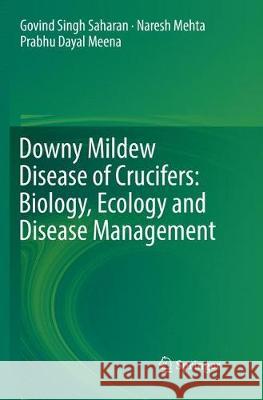Downy Mildew Disease of Crucifers: Biology, Ecology and Disease Management » książka
topmenu
Downy Mildew Disease of Crucifers: Biology, Ecology and Disease Management
ISBN-13: 9789811356452 / Angielski / Miękka / 2018 / 357 str.
Downy Mildew Disease of Crucifers: Biology, Ecology and Disease Management
ISBN-13: 9789811356452 / Angielski / Miękka / 2018 / 357 str.
cena 605,23
(netto: 576,41 VAT: 5%)
Najniższa cena z 30 dni: 578,30
(netto: 576,41 VAT: 5%)
Najniższa cena z 30 dni: 578,30
Termin realizacji zamówienia:
ok. 22 dni roboczych
Bez gwarancji dostawy przed świętami
ok. 22 dni roboczych
Bez gwarancji dostawy przed świętami
Darmowa dostawa!
Kategorie:
Kategorie BISAC:
Wydawca:
Springer
Język:
Angielski
ISBN-13:
9789811356452
Rok wydania:
2018
Dostępne języki:
Ilość stron:
357
Oprawa:
Miękka











